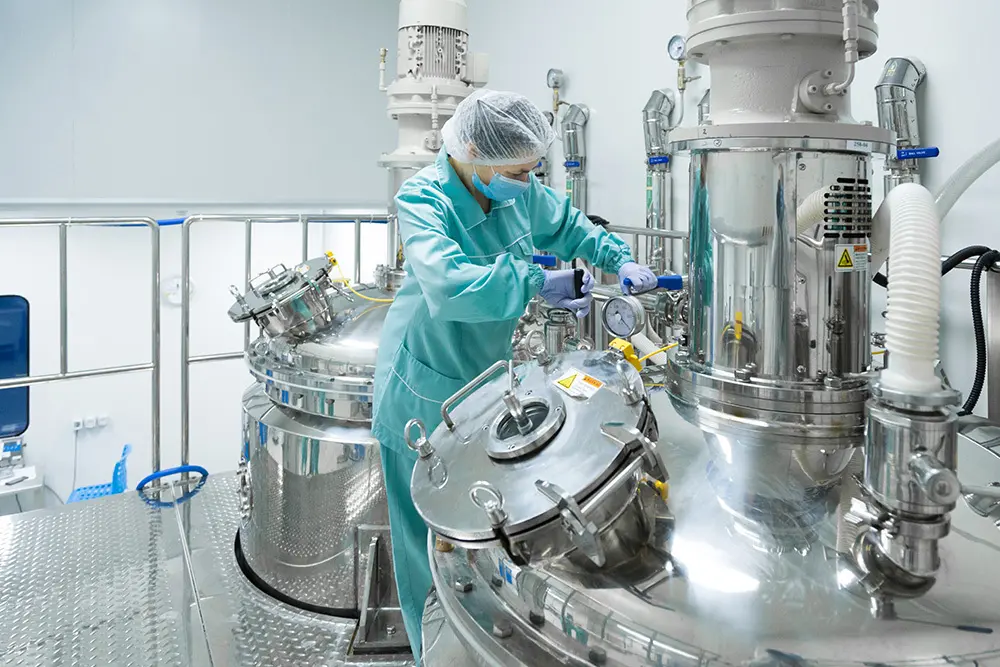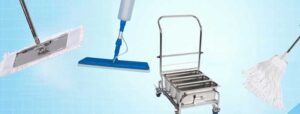As an adage says- ‘Cleanliness is a state of purity, clarity and precision’, how careful are we regarding cleanliness in whatever we do? Because little that we know is, the microorganisms like infectious germs that lives almost in every corner of the earth are the main cause of spreading compromising and debilitating diseases. Though there are different ways of killing these microorganisms, it is impossible to prove that all of them are destroyed permanently. To avoid any kind of health dilemmas in the Pharmaceutical industry itself, Good Manufacturing Practices have become imperative to serve best to the world. Right from industry’s premises, people, infrastructure to its manufacturing facilities, cleanliness should be prioritized by all the top pharmaceutical companies.
Sterilization is a process of removing objectionable microorganisms and controlling microbial population in Pharmaceutical industry that requires temperature, gases,
humidity and pressure levels used in, are accurately monitored to ensure validity and efficacy. To gauge the survival level of the microorganisms after purifying the substances, sterilization effectively renders surfaces and equipment free from dangerous germs. It also prevents the growth and spread of diseases. Every Pharmaceutical company must also learn the basics of sterilization with its glossary.
Thermal or Heat Sterilization Methods
1. Dry Heat Sterilization
Dry Heat (160-1800°C) Sterilization refers to removing heavy molecular pyrogen from a solution of pharmaceutical vials. Thermo-stable products like metal instruments, needles and petroleum products that can withstand high temperatures are often sterilized on dry heat because they are degraded when exposed to steam or moisture. These are different types of dry heat sterilization-
Hot air oven that heats coils on the bottom is used differently according to the type of equipment.
Incineration burns disposable medical waste. In microbe cultures, the metallic end of the loops are heated to red hot on the flame to kill all the germs.
Flaming refers to exposing objects to direct fire or flame to kill the microbes and dust on the equipment.
Dry heat is applicable for sterilizing glass wares and metal surgical instruments.
2. Moist Heat Sterilization
Moist Heat (121-1340°C) Sterilization refers to applying heat in the form of steam or just boiling to moisture-resistant materials. Saturated steam acts as an efficient sterilizing agent.
a. Steam sterilization or Autoclave is achieved by exposing the equipment to be sterilized with saturated steam under pressure. Steam boosts the ability to heat to kill microorganisms by reducing the time and temperature required to coagulate proteins in the microorganisms. Steam sterilization goes through 3 phases during its process: –
In Conditioning phase, air is removed from the chamber by gravity displacement or dynamic air removal methods thus, the load is heated to the prescribed sterilization temperature.
In Exposure phase, the heated load is exposed to steam to the prescribed sterilization temperature at the set time that follows the device manufacturer’s recommended standards and guidelines.
In Exhaust phase, steam is removed from the autoclave chamber and the pressure inside the chamber is released. This phase is also known as the cool-down or drying phase as a vacuum is driven out to remove the steam that helps the load to dry.
Moist heat is applicable for decontaminating laboratory waste and sterilizing laboratory glassware, media and reagents.
b. Radiation Sterilization with high energy gamma rays or accelerated electrons is the most useful method through ionizing nucleic acids for the industrial sterilization of heat-sensitive products. Radiated UV light with its low energy and poor penetrability are NOT SUITABLE for sterilization of pharmaceutical dosage forms.
Non-ionic radiations used like ultra violet radiations at the door entrances to prevent entry of live microbes through the air.
Whereas, Ionizing is a powerful radiation used for sterilization
c. Filtration Sterilization removes the microorganisms from both viable and non-viable particles for clarification and sterilization of liquids and gases. While sterilizing grade filter are used in aseptic areas, membrane filters are used for sterility testing.
Chemical Sterilization Methods
1. Gaseous Sterilization
Gaseous sterilization is a process of penetrating ability of gases through alkylation, used widely to process heat-sensitive devices.
Initial evacuation and nitrogen dilution removes at least 97% of the oxygen from the sterilization chamber.
Conditioning step heats and humidifies the sterilization load whereas, sterilant injection & dwell introduces the validated sterility level of EO to the sterilization load for a specified amount of time.
Sterilent removal & nitrogen washes removes ethylene oxide from thee sterilization chamber and product packaging, through nitrogen injection
Air in-bleed brings the sterilization vessel to atmospheric pressure so that the sterilizer doors can be opened.
In Aeration phase, heated air is continuously circulated through the aeration area. To eliminate remaining EO from the sterilization load, residual gases are removed through an abatement system.
Pharmaceutical Sterilization is a must-learning aspect for every Pharmaceutical manufacturer and supplier in order to top this industry competition. If you belong to Pharmaceutical industry, make it a habit of using finely sterile equipment that have direct application on humans and animals. To learn more about sterilization monitoring and validation, June4GMP is a click away to assist you. Contact us at.




